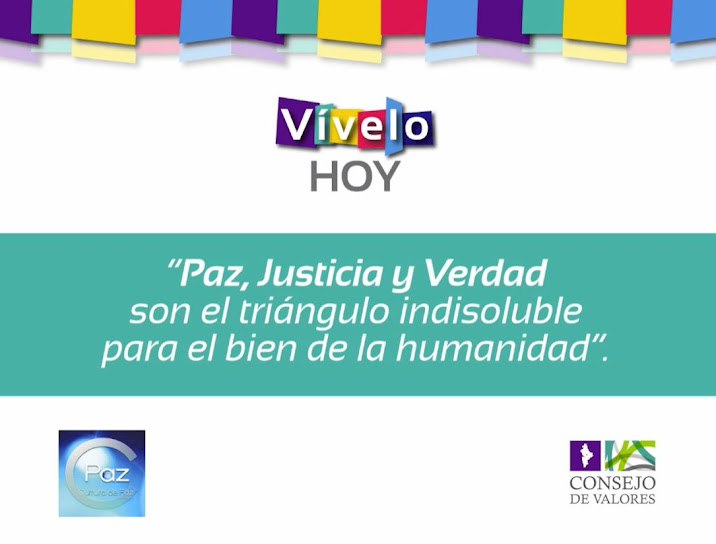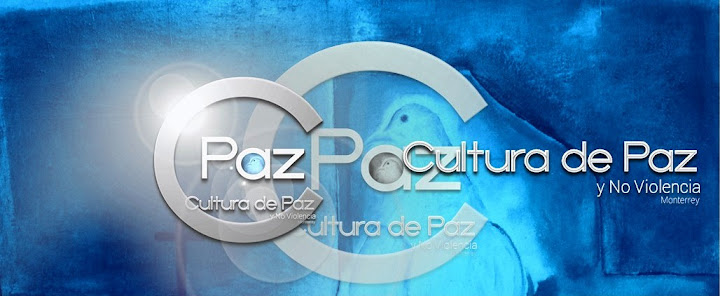There is still little
documentation of how art creates social and personal change. We must develop
this language.
Every morning news
bulletins wake me to a violent global reality. This morning it was “Libya’s slide
into anarchy and its threat to Europe’s security”.
But on some days I
pass up current affairs programmes for for music, any music. Music talks
directly to me, offering another, more peaceful, more enlivening reality.
In the depths of
conflict, art can provide respite for those disempowered and made insecure by
violence. The hedonism of drama, dancing or music making during war is
powerful. Professor James Thompson reflects on applied theatre as a tool for
social change, not just for its capacity-building effects but also for its
affects - aesthetic, emotional and sensory: “It's beautiful, sometimes scary,
and aesthetically interesting in its own right. We need to learn a language
that can talk about these sorts of things in order fully to appreciate what the
work is about."
Dara, a South Asian
history play about Islam, will this week complete its successful run at
London's National Theatre. Pakistani playwright Shahid Nadeer will explain at
International Alert’s peace talks tonight how his play, originally written for
audiences in South Asia, is offering insight into the history of Islam and
contemporary conflict, violence and extremism in Pakistan and beyond.
For 30 years, Nadeer
and his theatre group Ajoka have used performance to transform conversations
with thousands of Pakistanis around democracy, pluralism, religion, identity
and disenfranchisement. This kind of theatre is helping to build a shared South
Asian cultural identity beyond religion.
Such arts-based
peace-building approaches are increasingly seen as complementing institutional
and structural approaches to peace-building programming. Art is unique; we
experience it through the senses, on a bodily and emotional level. Theatre,
music and other creative art forms move beyond discussion and cognitive
analysis. They can deeply affect individuals and groups, de-centring people
from the world view and polarised standpoints that are common to conflict.
Research by In Place
of War in conflict sites around the world reveals how art is used by grassroots
communities for violence prevention, socio-political resistance, trauma
healing, and reconciliation. Likewise, peace-building practitioners and
organisations are utilising the arts and creativity as a force for social
transformation. By blending drama, poetry, theatre, visual and literary arts
with traditional peace-building tools, conflict-affected people can renegotiate
power and catalyse dialogue between opposing groups.
In the highly
polarised region of the South Caucasus, where cultural identity forms an
intimate part of the conflict dynamic, peace-building groups have harnessed
literature to explore the boundaries between cultural and political identity.
Publications bringing together the five languages of the South Caucasus have
helped cross divides. Using narrative form, well-known writers can safely
explore and promote a diverse ‘Caucasian’ cultural identity, as well as
celebrating individual ethnic cultural identities, something direct dialogue is
less able to do.
Combining literary
art with more traditional dialogue methods can help transform and influence
political discourse and generate more conciliatory message around cultural
identities, shared cultural values and whether art can play a role in peace.
Addressing stereotypes can help to build tolerance, as people rediscover the
‘human’ face of their enemies. Cultural identities run at a much deeper level
than political identities.
While the existence
of these projects demonstrate the use of creativity for peace-building, there
is lamentably little documentation about how art and creativity actively create
social, political and cultural change.
Not only is each
context different, but the success of art in transforming an individual or
group rests with its ability to connect and to elicit an emotional response. As
Michael Shank and Lisa Schirch point out in their work on strategic arts-based
peace-building, the ‘what’, ‘when’ and ‘why’ are yet to be satisfactorily
expanded on by artists, academics or peace-builders. As Thompson says, we are
yet to develop the language.
But we must. In early
2015, the World Bank announced that no conflict-affected country has achieved a
single Strategic Development Millennium goal. Traditional development and
peace-building professionals are increasingly recognising that favouring only
facts and figures is hampering our capacity to build peace.
By offering evidence
as to how the arts can support peace at different levels, we can leverage
creativity for greater effect for those affected by violence.
Charlotte Onslow is a
Programme Development Advisor at peace-building charity International Alert.
Charlotte Onslow. Opendemocracy.net. 01/04/15












